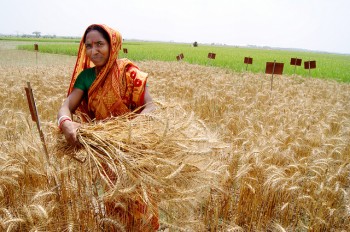 CIMMYT Director General Martin Kropff speaks on the topic of ‘Wheat and the role of gender in the developing world’ prior to the 2015 Women in Triticum Awards at the Borlaug Global Rust Initiative Workshop in Sydney on 19 September.
CIMMYT Director General Martin Kropff speaks on the topic of ‘Wheat and the role of gender in the developing world’ prior to the 2015 Women in Triticum Awards at the Borlaug Global Rust Initiative Workshop in Sydney on 19 September.
If we are to be truly successful in improving the lives of farmers and consumers in the developing world, we need to base our interventions on the best evidence available. If we act based only on our assumptions, we may not be as effective as we could be or, even worse, actively cause harm.
One example is the common perception that women are not involved in the important wheat farming systems of North Africa and South Asia. By recognizing and engaging with these myths, we are beginning to build a more sophisticated understanding of how agriculture works as a social practice.
Currently, there are only a few published studies that take a closer examination of the roles played by women in wheat-based farming systems. These studies have found that, in some cases, men are responsible for land preparation and planting, and women for weeding and post-harvest activities, with harvest and transport duties being shared. Between different districts in India, huge variations may be found in the amount of time that women are actively involved in wheat agriculture. This shows that some careful study into the complexities of gender and agricultural labor may hold important lessons when intervening in any particular situation.
We must also never assume that, just because women are not as involved in agriculture in a particular context, they can not benefit from more information. In a survey carried out by CIMMYT researcher Surabhi Mittal in parts of rural India, it was found that women used a local cellphone agricultural advisory service just as much as men, and that this knowledge helped them get more involved in farming-related decision-making.
Gender is not just about women
For all that it is important to include women, along with other identity groups in project planning, implementation and data collection, it is important not to get into the trap of thinking that gender-integrated approaches are just about targeting women.
For example, the World Health Organization estimates that micronutrient deficiency affects at least two billion people around the world, causing poor health and development problems in the young. The effects of micronutrient deficiency start in the womb, and are most severe from then through to the first two years of life. Therefore it would make sense to target women of childbearing age and mothers with staple varieties that have been bio-fortified to contain high levels of important micronutrients such as zinc, iron or vitamin A.
However, to do so risks ignoring the process in which the decision to change the crop grown or the food eaten in the household is taken. Both men and women will be involved in that decision, and any intervention must therefore take the influence of gender norms and relations, involving both women and men, into account.
The way ahead
To move forward, each component of the strategy for research into wheat farming systems at CIMMYT also has a gender dimension, whether focused on improving the evidence base, responding to the fact that both women and men can be end users or beneficiaries of new seeds and other technologies, or ensuring that gender is considered as a part of capacity-building efforts.
Already, 20 of our largest projects are actively integrating gender into their work, helping to ensure that women are included in agricultural interventions and share in the benefits they bring, supplying a constant stream of data for future improvement.
We have also experienced great success in targeting marginalized groups. For instance, the Hill Maize Research Project in Nepal, funded by the Swiss Agency for Development and Cooperation (SDC) alongside the U.S. Agency for International Development (USAID), focused on food-insecure people facing discrimination due to their gender or social group. By supporting them to produce improved maize varieties in community groups, the project managed not only to greatly increase their incomes, but also to improve their self-confidence and recognition in society.
CIMMYT researchers are also among the leaders of a global push to encode gender into agricultural research together with other international research partnerships. In over 125 agricultural communities in 26 countries, a field study of gender norms, agency and agricultural innovation, known as GENNOVATE, is now underway. The huge evidence base generated will help spur the necessary transformation in how gender is included in agricultural research for development.
Further information:
The Borlaug Global Rust Initiative, chaired by Jeanie Borlaug Laube, has the overarching objective of systematically reducing the world’s vulnerability to stem, yellow, and leaf rusts of wheat and advocating/facilitating the evolution of a sustainable international system to contain the threat of wheat rusts and continue the enhancements in productivity required to withstand future global threats to wheat. This international network of scientists, breeders and national wheat improvement programs came together in 2005, at Norman Borlaug’s insistence, to combat Ug99. The Durable Rust Resistance in Wheat (DRRW) project at Cornell University serves as the secretariat for the BGRI. The DRRW, CIMMYT, the International Center for Agricultural Research in the Dry Areas (ICARDA) and the FAO helped establish the BGRI a decade ago. Funding is provided by the UK Department for International Development (DFID) and the Bill & Melinda Gates Foundation. For more information, please visit www.globalrust.org.
CIMMYT is the global leader in research for development in wheat and maize and related farming systems. CIMMYT works throughout the developing world with hundreds of partners to sustainably increase the productivity of maize and wheat to improve food security and livelihoods. CIMMYT belongs to the 15-member CGIAR Consortium and leads the Consortium Research Programs on wheat and maize. CIMMYT receives support from national governments, foundations, development banks and other public and private agencies.
Follow the #BGRI2015 hashtag on social media
Twitter: @CIMMYT, @KropffMartin and @GlobalRust
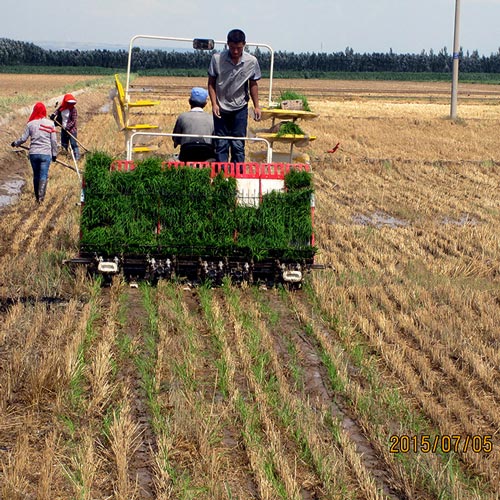
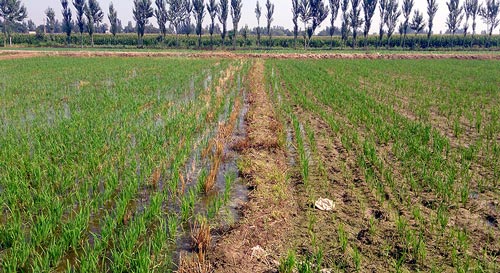
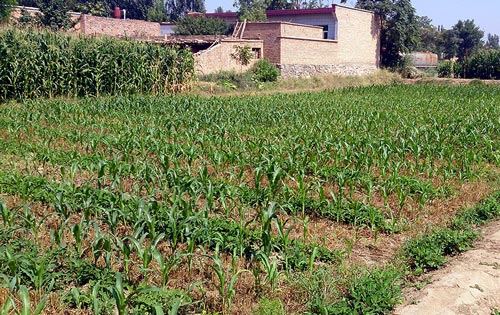
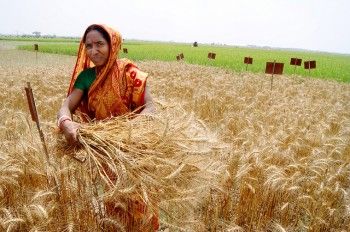
 CIMMYT Director General Martin Kropff speaks on the topic of ‘Wheat and the role of gender in the developing world’ prior to the 2015 Women in Triticum Awards at the Borlaug Global Rust Initiative Workshop in Sydney on 19 September.
CIMMYT Director General Martin Kropff speaks on the topic of ‘Wheat and the role of gender in the developing world’ prior to the 2015 Women in Triticum Awards at the Borlaug Global Rust Initiative Workshop in Sydney on 19 September.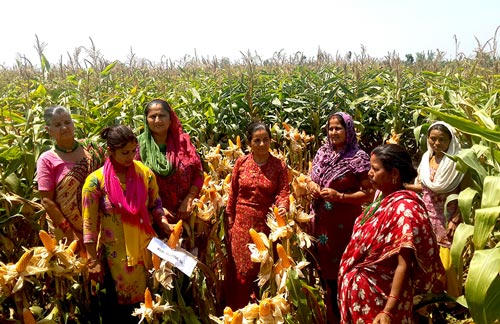
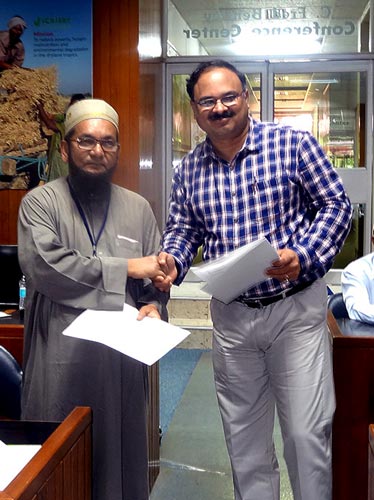


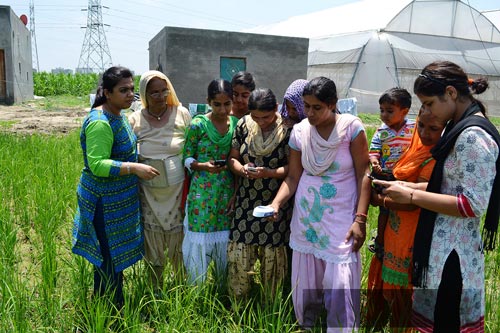
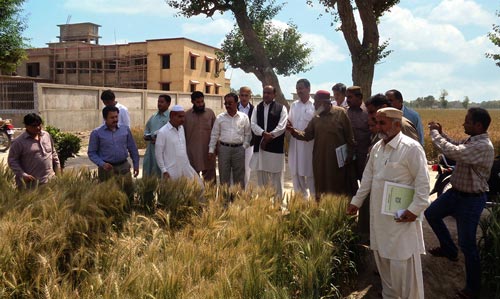
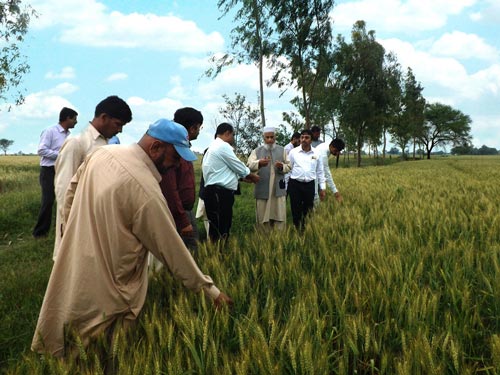
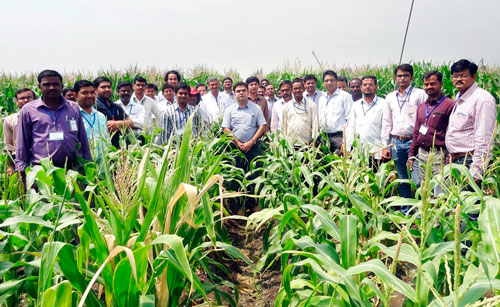
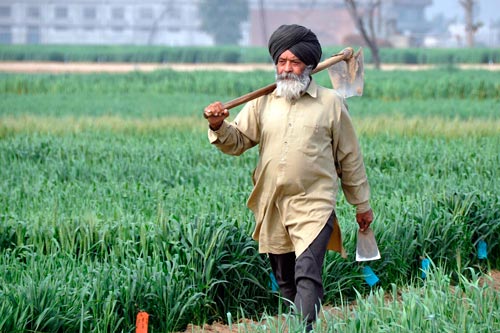
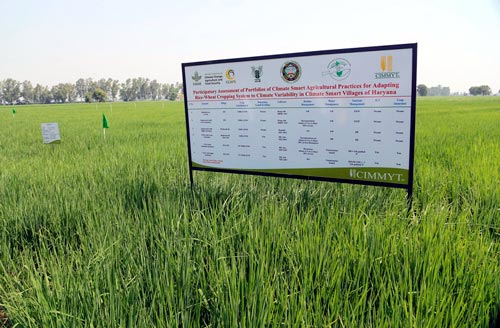
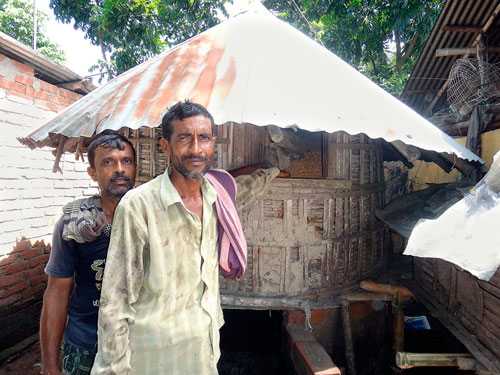
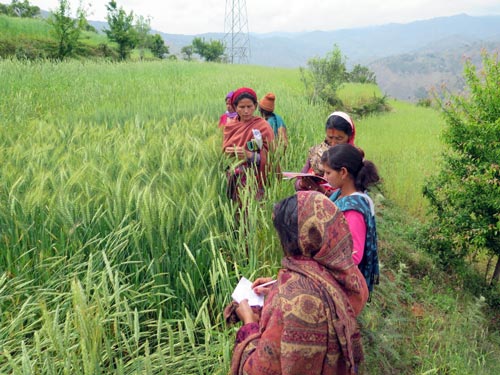 During a farmers’ field day, Ugratara group members expressed that improved varieties like the maize variety Kanchan 101 (hybrid), introduced by CSISA, are more productive than their local maize. Ugratara group member, Naresh Khadka said, “We are producing more than double using the hybrid Kanchan-101 and it’s ready early than the local variety.” For upland rice, trials also showed that the appropriate use of chemical fertilizers nearly doubled yields of local rice varieties and that chemical fertilizer increased yields over those achieved through the application of farmyard manure.
During a farmers’ field day, Ugratara group members expressed that improved varieties like the maize variety Kanchan 101 (hybrid), introduced by CSISA, are more productive than their local maize. Ugratara group member, Naresh Khadka said, “We are producing more than double using the hybrid Kanchan-101 and it’s ready early than the local variety.” For upland rice, trials also showed that the appropriate use of chemical fertilizers nearly doubled yields of local rice varieties and that chemical fertilizer increased yields over those achieved through the application of farmyard manure.